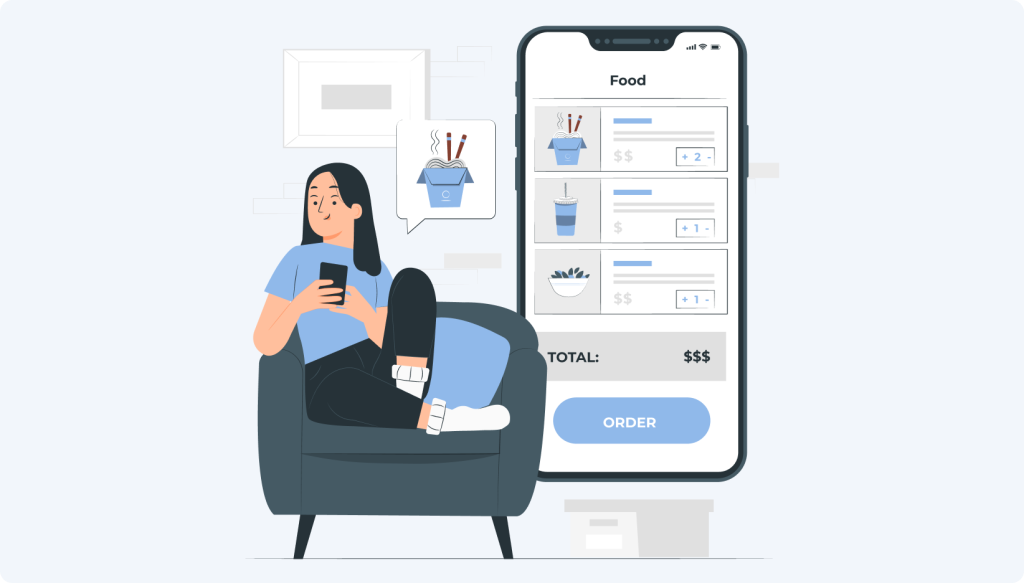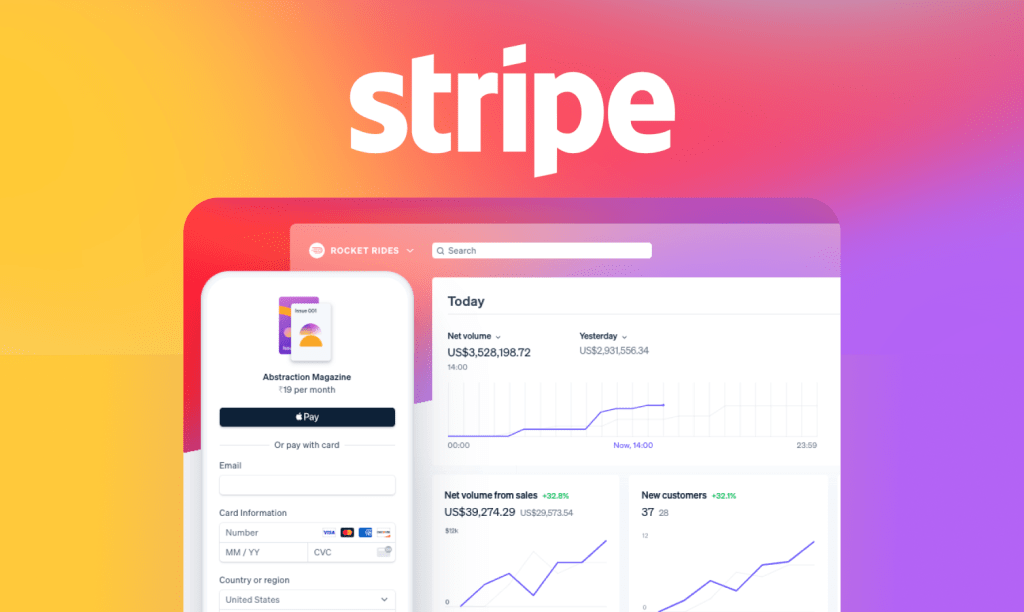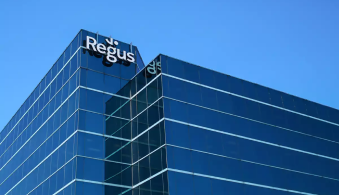The Food and beverage service industry has always been known for its innovation and adaptability. As we move further into the 21st century, the industry is continuing to embrace new technologies to enhance operations, improve customer experiences, and increase profits.
In response to the receding pandemic, the food and beverage industry embarked on re-evaluating their business models and adopting new technologies to fortify themselves against unforeseen circumstances. From major manufacturers to small-scale kitchens or retailers, everyone introduced contactless home deliveries of hygienically packed products.
The dynamic landscape of innovation and technology played a pivotal role in safeguarding almost every organization associated with the food and beverage industry during the transition to a contactless and interconnected era. With the emergence of self-checkouts, contactless payments, online ordering, and pick-up/delivery services, the industry can no longer disregard the fact that these trends are instrumental in enabling businesses to reinvent themselves and maintain a competitive edge.
In this blog, we’ll look at some of the key IT trends that have been observed to shape the food and beverage industry in 2023 and seem like they will continue being the path in 2024.
Key IT Trends to Shape the Food and Beverage Industry in 2023
Increased use of artificial intelligence and machine learning
Artificial intelligence (AI) and machine learning (ML) are expected to play a larger role in the food and beverage industry in 2023. These technologies can help companies better understand consumer preferences, streamline operations, and reduce waste. For example, companies can use AI and ML to analyze sales data and customer feedback to identify popular menu items, optimize pricing strategies, and adjust inventory levels.
Voice bots integrated into restaurant systems enhance operational speed and efficiency. These AI-powered voice bots can comprehend customer requests/orders, analyze gestures and behavior, and effectively engage in conversations with customers.
More widespread use of blockchain technology
Blockchain technology has the potential to transform the food and beverage industry by increasing transparency and traceability in the supply chain. In 2023, we can expect to see more companies adopting blockchain solutions to ensure the safety and quality of their products.
Blockchain technology can be used to track products from farm to table, providing consumers with greater confidence in the safety and authenticity of the food they’re consuming.
Rise of Automation
The Food and beverage industry has a lot of backend work that is sorted behind the scenes. A lot of this includes scheduling and staffing. These tasks can get tedious and time-consuming if the processes are still being handled manually.
This is where the need for automated systems came into existence. These cloud-based platforms work towards managing and automating these tasks making things easier for the staff. Automation has seen an exponential growth in 2023 and the trend seems likely to continue to grow going forward too.
Expansion of online ordering and delivery services
The COVID-19 pandemic has accelerated the trend towards online ordering and delivery services in the food and beverage industry. In 2023, we can expect to see continued growth in this area as more consumers become accustomed to the convenience of ordering food online.
To keep up with this trend, companies will need to invest in robust online ordering platforms and efficient delivery systems. Forbes weighed in on the matter.
Increased adoption of contactless payment options
Consumers are rapidly embracing contactless payment alternatives like Apple Pay and Google Wallet. As we move into 2023, it is anticipated that more food and beverage establishments will embrace these convenient payment options to enhance the efficiency and convenience of transactions.
In addition to traditional contactless methods, companies may also incorporate biometric payment technologies, such as facial recognition or fingerprint scanning, to further simplify the payment process.
This advancement will not only expedite transactions but also provide an added layer of security and personalization for customers. By embracing these innovative payment solutions, food and beverage companies can offer a seamless and modern payment experience to their customers, thereby enhancing customer satisfaction and loyalty.
Greater use of virtual and augmented reality
Virtual and augmented reality technologies have the potential to transform the food and beverage industry by providing consumers with immersive experiences that can enhance engagement and loyalty. In 2023, we can expect to see more companies using virtual and augmented reality to showcase their products, create interactive menus, and offer virtual tours of their facilities.
There was a lot of talk about how visual experiences can be amalgamated with the food and beverage industry. One of the ways this was achieved was through creating virtual food and beverage experiences.
With the help of a VR headset, bone conduction transducer along with an aroma diffuser, there is a whole experience sent to the diner’s ears and eyes. This is just one example of how virtual reality has emerged as a gamechanger in the food and beverage industry.
Have a look at what Hospitality Upgrade had to say about the topic!
Increased adoption of cloud-based solutions
The food and beverage service industry are witnessing a rising trend towards the adoption of cloud-based solutions, driven by their notable advantages in scalability, flexibility, and cost-efficiency. As we move into 2023, an increasing number of companies are expected to embrace cloud-based solutions to optimize various aspects of their operations. These solutions will be utilized for functions such as inventory management, point-of-sale systems, and customer relationship management.
By leveraging cloud technology, businesses can efficiently manage their inventory, streamline transactions at the point of sale, and enhance customer interactions. The cloud’s scalability and flexibility enable companies to adapt to changing demands and scale their operations as needed.
Additionally, cloud-based solutions offer cost savings by eliminating the need for on-premises infrastructure and providing easy access to data from anywhere. Embracing cloud-based solutions empowers food and beverage companies to enhance operational efficiency, improve customer experiences, and stay ahead in a competitive industry landscape.
Growing use of Internet of Things (IoT) technology
The Internet of Things (IoT) is a network of connected devices that can share data and communicate with each other. In the food and beverage industry, IoT technology can be used to monitor equipment performance, track inventory levels, and optimize production processes. In 2023, we can expect to see more companies adopting IoT solutions to improve efficiency, reduce waste, and enhance the customer experience.
Sustainability
As in most industries, sustainability has become a driving force, a norm in the Food and Beverage industry too. Sustainability has emerged as a critical aspect for market expansion, brand recognition, and will continue to be so in the future. Reducing your carbon footprint does not just mean in terms of paper plates and straws, but also in terms of incorporation of such technology and ethically created platforms that has a responsible impact on the environment.
Technology in F&B industry enhancing food safety
The Food and beverage industry is majorly adherent to certain regulatory compliances such as:
- The Environmental Protection Agency (EPA)
- The National Marine Fisheries Service (NMFS)
- The Food Safety and Inspection Service (FSIS)
- The Food and Drug Administration (FDA)
A study suggests that 94% of customers would likely be more loyal towards a food brand that can offer supply chain transparency and about 345 are even willing to switch to a brand that is more transparent in its operations. Here’s where technology comes in.
Here are several smart technologies that can ensure brands stay complaint and safe for us. These can ensure the following:
- Inventory count management
- Safe temperature maintenance
- Delivery distribution management
- Ingredient examination
There are apps to ensure the same that allow companies to keep track, share checklists and so on. This makes audits and food safety tracking easier, as compared to the age-old paper-records system.
In conclusion
The exponential food and beverage industry has seen endless trends rising over the years and it goes without saying that this is one of those industries that is always going to be relevant, always going to be a necessity, so to say. The growing use and amalgamation of technology into different aspects of the food and beverage industry only means that the future of technology in this sphere is bright and indispensable. So much so that it is only going to keep growing in the future.
This opens countless options for investors, on every level. InfoStride offers top-notch Food and beverage software development services to help businesses conquer the industry with a comprehensive approach. We have a skilled team of experts that will understand your specific requirement and work to create the best-in-line solutions for you. Connect with us today and discover endless possibilities!
THE AUTHOR
mohit











